Amplification and Assistive Devices (AAD)
Pediatrics (P)
RP309 - What Does the Evidence Say About Race-Based RECD?
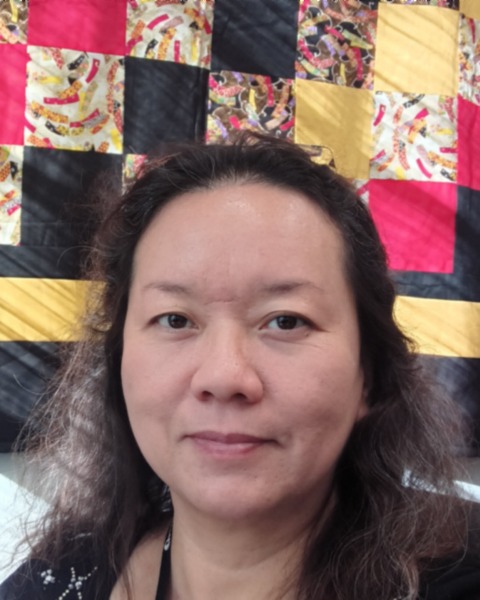
King Chung, PhD
Professor
Mass General Hospital Institute of Health Professions
Mass General Hospital Institute of Health Professions
Charlestown, MassachusettsDisclosure(s): Maico: Other Research Support (Ongoing); MedRx: Other Research Support (Ongoing); Microsonics: Other Research Support (Ongoing); Oaktree: Other Research Support (Ongoing); Oticon: Research Grant (includes principal investigator, collaborator or consultant and pending grants as well as grants already received) (Terminated); ReSound: Other Research Support (Ongoing)
- DF
Deborah V. Ferrari, PhD
Associate Professor
Dental School of Bauru - University of Sao Paulo
Bauru, BrazilDisclosure(s): No financial or nonfinancial relationships to disclose.
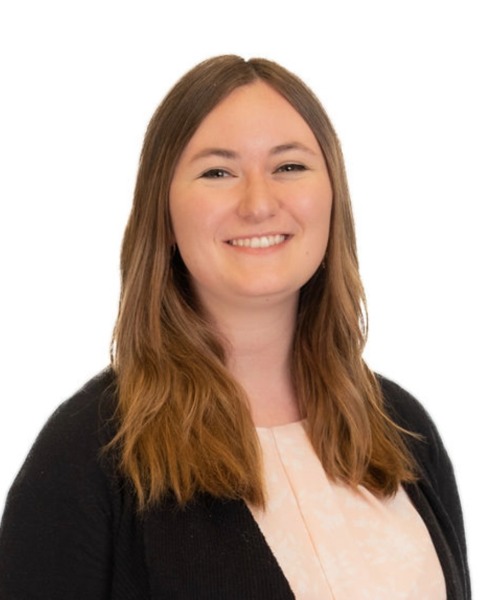
Emily Kopperud
Graduate Student
Northern Illinois University
Northern Illinois University
Sycamore, IllinoisDisclosure(s): No financial or nonfinancial relationships to disclose.
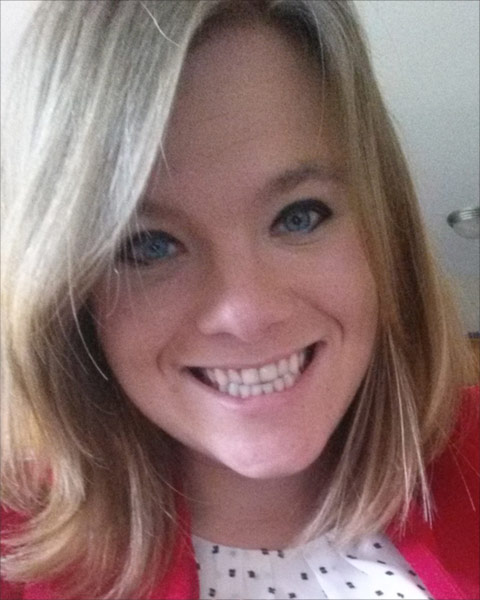
Hanna Page
Northern Illinois University
Disclosure(s): No financial or nonfinancial relationships to disclose.
- SP
Shelby Pupp
Disclosure(s): No financial or nonfinancial relationships to disclose.
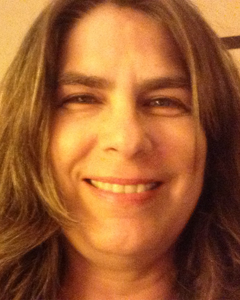
Hannalice Gottschalck Cavalcanti, MS
Professor assistente
Federal University of Paraiba, BrazilDisclosure(s): No financial or nonfinancial relationships to disclose.
- AV
Ana Beatriz Veiga
Disclosure(s): No financial or nonfinancial relationships to disclose.
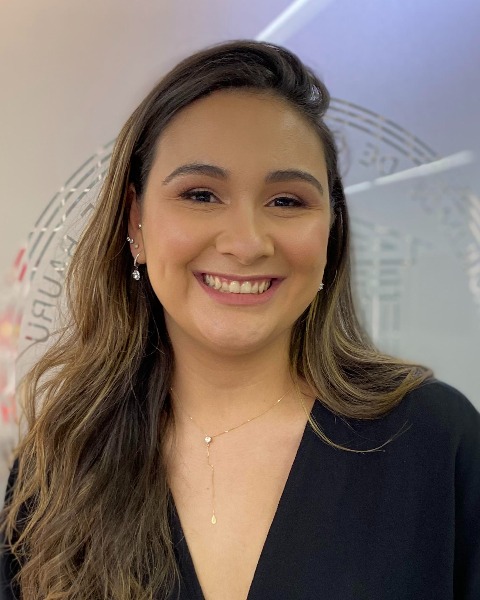
Clara B. Iplinsky (she/her/hers)
Master's degree student
Bauru School of Dentistry - University of São Paulo
Bauru, Sao Paulo, BrazilDisclosure(s): No financial or nonfinancial relationships to disclose.
- MC
Magali de Lourdes Caldana
Disclosure(s): No financial or nonfinancial relationships to disclose.
- MK
Magdalena Knapek
Disclosure(s): No financial or nonfinancial relationships to disclose.
- MK
Marta Konopacka
Disclosure(s): No financial or nonfinancial relationships to disclose.
- VS
Valeriy Shafiro
Disclosure(s): No financial or nonfinancial relationships to disclose.
- RM
Rafal Mlinsky
Disclosure(s): No financial or nonfinancial relationships to disclose.
- GM
Gabriela Marchewka
Disclosure(s): No financial or nonfinancial relationships to disclose.
- EJ
Ewa Jaworska
Disclosure(s): No financial or nonfinancial relationships to disclose.
- WB
Weronika Bielecka
Disclosure(s): No financial or nonfinancial relationships to disclose.
- NJ
Natalia Jaworska
Disclosure(s): No financial or nonfinancial relationships to disclose.
- AZ
Agnieszka Zywiol
Disclosure(s): No financial or nonfinancial relationships to disclose.
- KA
Kinga Angielczyk
Disclosure(s): No financial or nonfinancial relationships to disclose.
Lead Presenter(s)
Contributor (Not Presenting)(s)
Presenter(s)
Contributor (Not Presenting)(s)
The purpose of this study is to examine whether children from different races/countries have different ear canal volume and eardrum compliance, which can affect their real ear to coupler differences (RECD). The ear canal volume and eardrum compliance of children in Brazil, the Dominican Republic, Poland, and the United States were measured as a part of clinical testing of their middle ear status using tympanometry. Results revealed that Asian students had significantly lower ear canal volume and lower tympanic membrane compliance, suggesting that the average RECDs in the fitting prescriptions might not apply to children of different races/in different countries.
Summary:
Rear ear to coupler difference (RECD) is used in two different ways in the hearing aid fitting process: 1) to convert the hearing thresholds from dB HL to dB SPL (i.e., real ear dB SPL = dB HL + RECD + Reference Equivalent Threshold Sound Pressure Level), and 2) to generate the hearing aid targets (i.e., predicted real ear dB SPL = coupler SPL + RECD + MLE). When real ear measurements cannot be performed, audiologists often rely on the average RECD values to estimate the sound pressure levels at the hearing aid users’ ear drum. As the sound pressure levels at the eardrum are highly dependent on the ear canal volume, hearing aid fitting prescriptions have norms on average RECDs by age to account for age-related ear canal changes in children and adults. Additionally, the sounds heard by an individual depends on their eardrum compliance. To date, all commonly used hearing aid fitting prescriptions were generated in countries with predominantly Caucasians.
The purpose of this study was to examine the racial differences in ear canal volumes and eardrum compliance of children at different ages. The ear canal volume and eardrum compliance of children aged 4-18 years old were measured as a part of clinical testing of the middle ear status using tympanometry. As both Type B and C reflected abnormal eardrum compliance, only ears with Type A tympanometry were included in the analyses. A total of 5702 ears were analyzed, including Brazil (N=2263 ears), Cambodia (N=764), the Dominican Republic (N=564), Poland (N=1144), and the United States (N=967). There were no statistically significant differences in the ear canal volume or eardrum compliance among the Brazilian, Polish, and US children. Cambodian children, however, had significantly lower ear canal volume and eardrum compliance. We, therefore, recommend professionals either use real ear measurement for hearing aid fitting or develop race and country-based RECD so that the sound pressure level in the ear canal can be predicted more accurately.
Learning Objectives:
- Attendees will be able to state the differences in ear canal volume and tympanic membrane compliance among different populations.
- Attendees will be able to describe the relevance of the outer and middle ear characteristics to (W)RECDs.
- Attendees will be able to state the application of the knowledge to their clinical practices.
